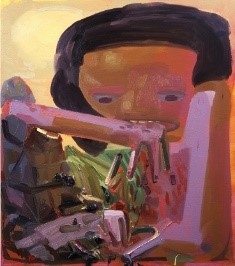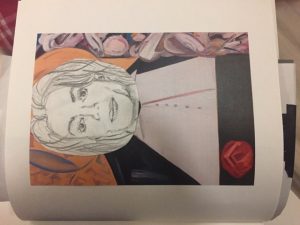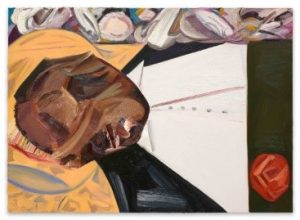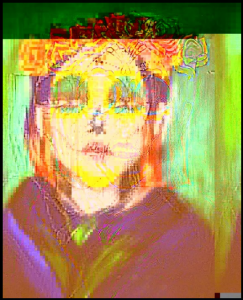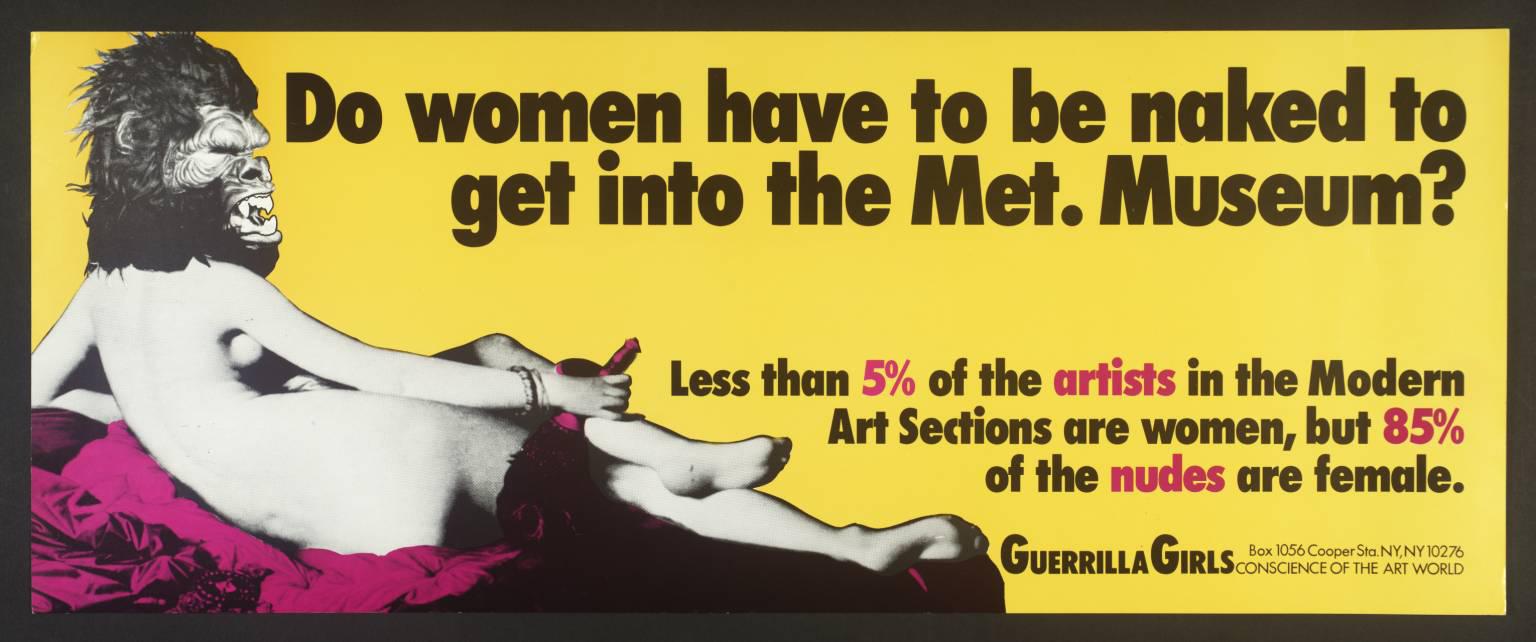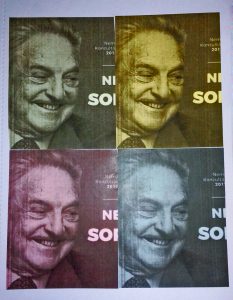Appropriation of Dana Schutz’s Painting ‘Open Casket’ Showing the Dead Body of Emmett Till- 1941-1955
What Dana Schutz creates intrigues me. Her political and racial fearlessness is something that I aspire to emulate, successfully and creatively delving into topics that cause discomfort when addressed. Her work is characterful and textured in pieces such as ‘Sneeze’, a collection produced after her graduating from Columbia, with layered paint and embodying “…what it feels like to sneeze”. Other work like ‘Self-eaters’, a fictitious group made up by Schutz, who eat themselves and can later revive their missing limbs, is for her stylistically and conceptually more common; she does not normally paint about reality or publicised events.
Held in the Whitney biennial in 2016, Schutz’s ‘Open Casket’ caused an uproar. Black protesters stood in front of the piece so as the white audience couldn’t easily consume the work. Furthermore, a letter by Hannah Black, an artist and writer, was written to the curators of the exhibition stating that the painting should be ‘destroyed’.
Throughout the process of my research I knew that I wanted to work with Schutz’s ‘Open Casket’. However, I decided to bring it forward to the contemporary issues that live on today regarding black oppression and racism. I took four black figures that have been popular in the public eye over the last few decades; Beyoncé Knowles, Aretha Franklin, Ray Charles and Michael Jackson. I used their faces to cover Emmett Till’s, whose face led to so much grief and legal injustice. (Roy Bryant and J.W. Milam were acquitted of both murder and kidnaping, later admitting in an interview that they were the killers.)
My final appropriated piece is Emmett Till’s face covered by a pencil drawing of Michael Jackson. Jackson’s determination to remove his racial identity highlights the segregation that still is present in society. Born a black man, he died with the appearance of a white Caucasian male.
- https://www.newyorker.com/magazine/2017/04/10/why-dana-schutz-painted-emmett-till (last visited 10/11/17)
- https://conversations.e-flux.com/t/hannah-blacks-letter-to-the-whitney-biennials-curators-dana-schutz-painting-must-go/6287 (last visited 10/11/17)
- http://www.zachfeuer.com/exhibitions/dana-schutz-self-eaters-and-the-people-who-love-them-3/ (last visited 10/11/17)

